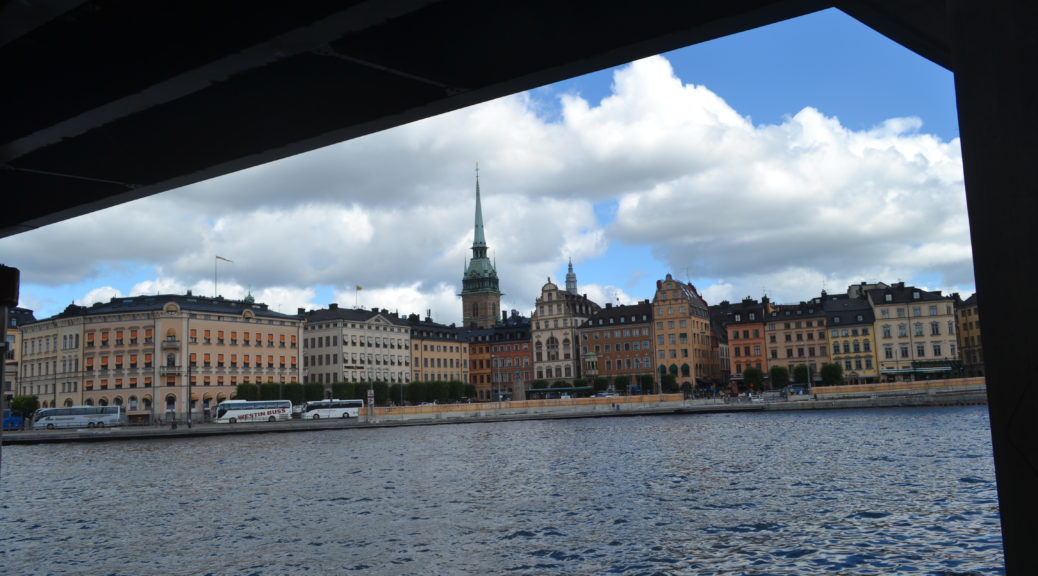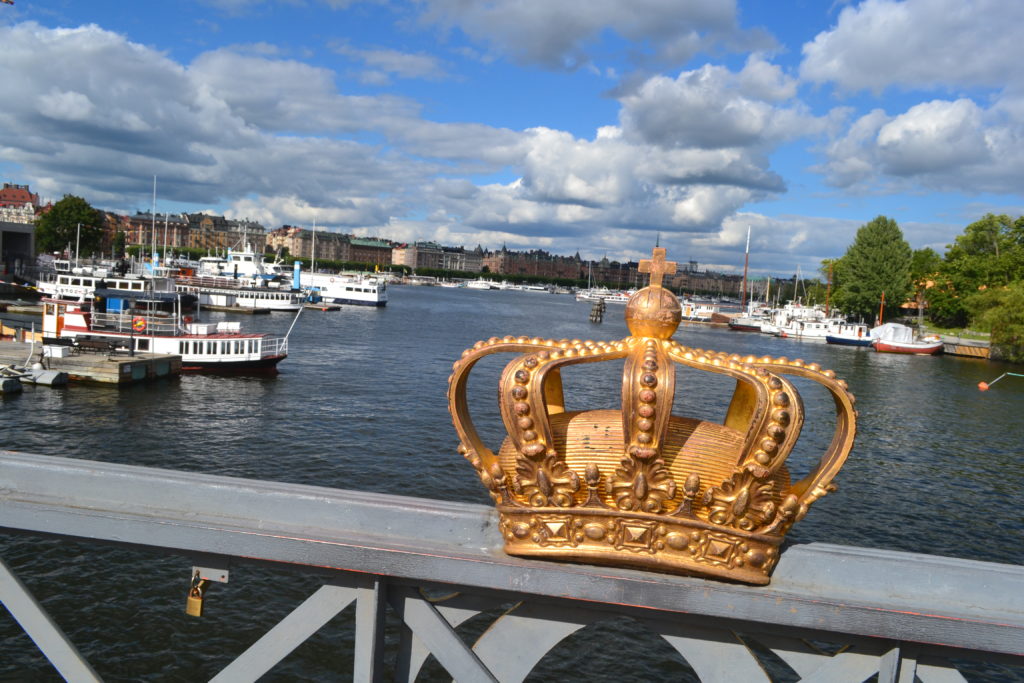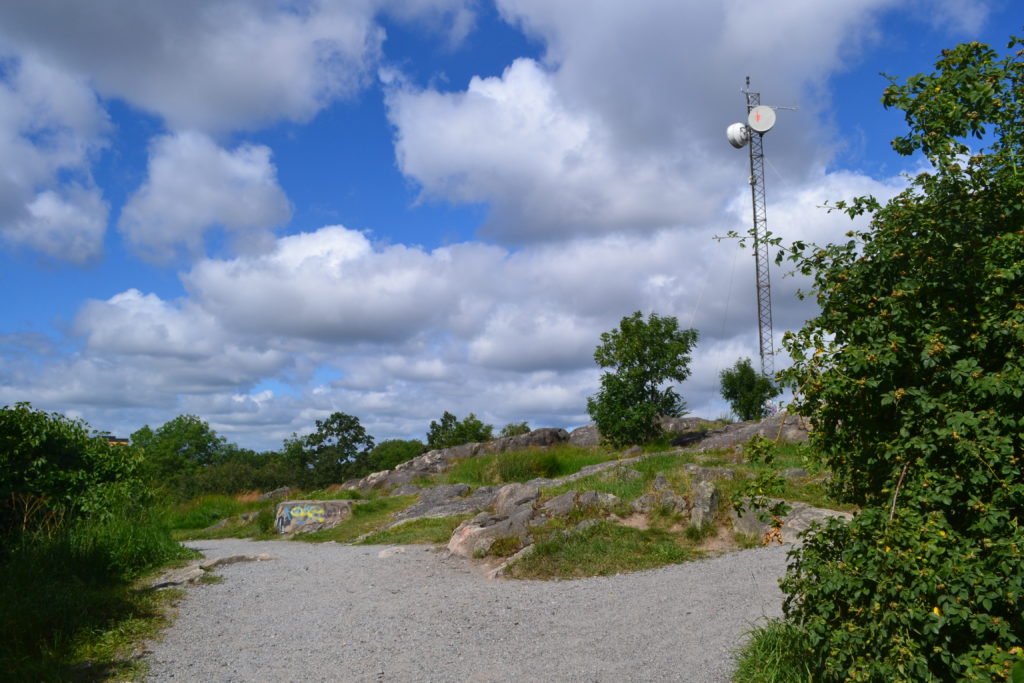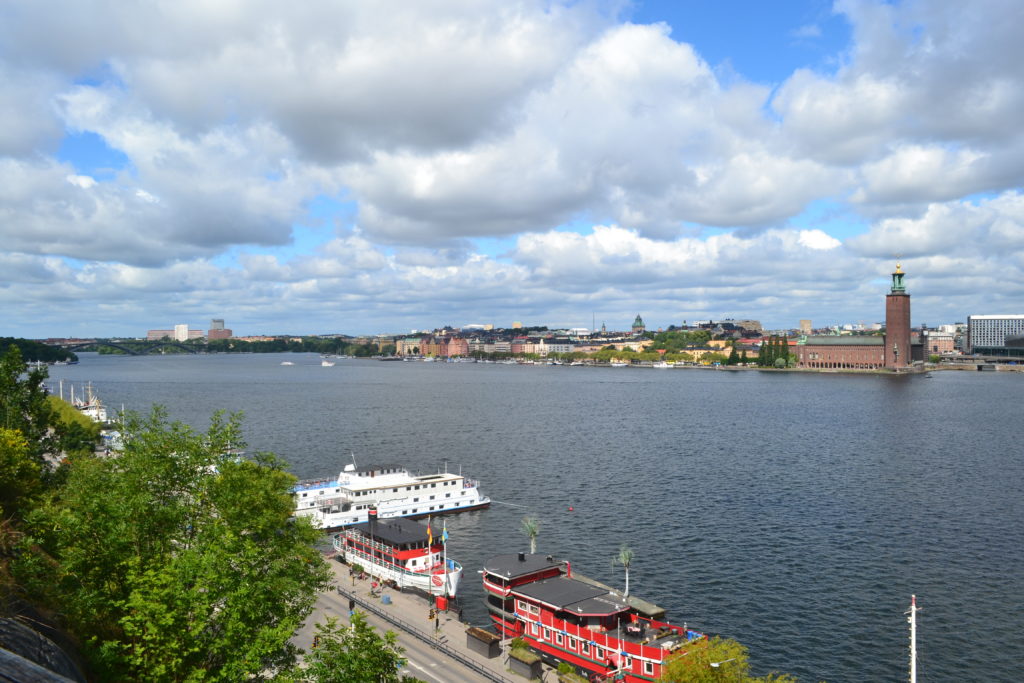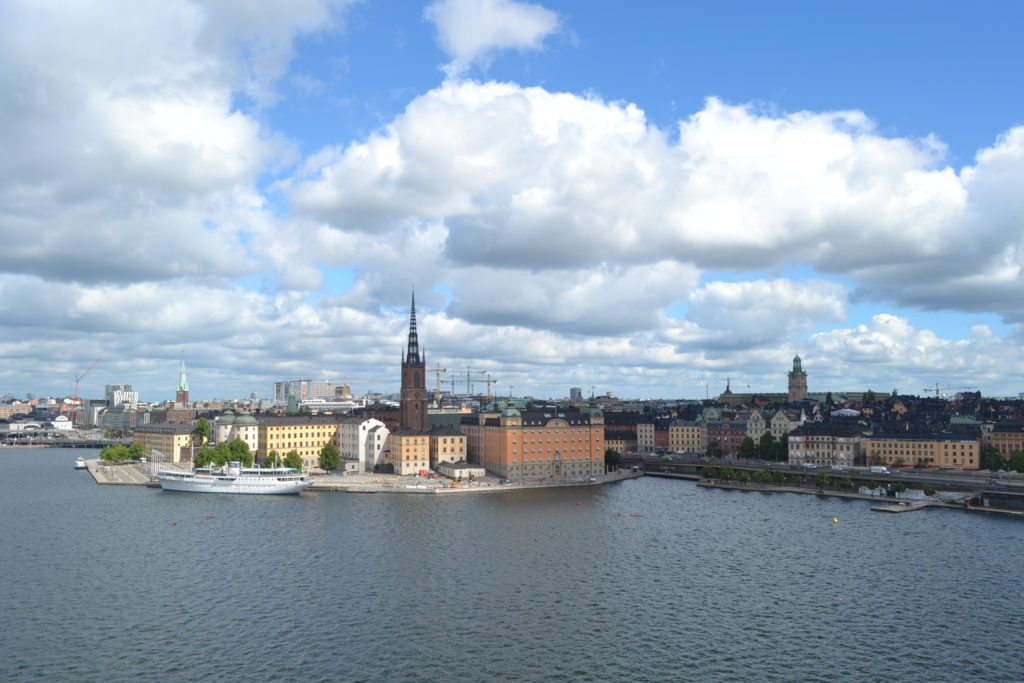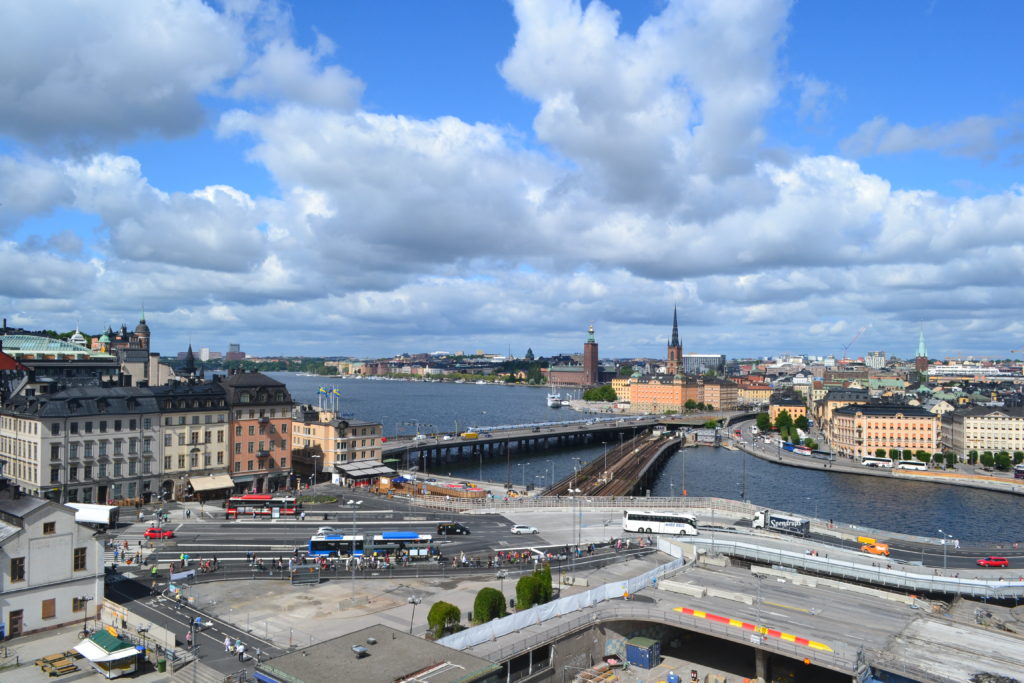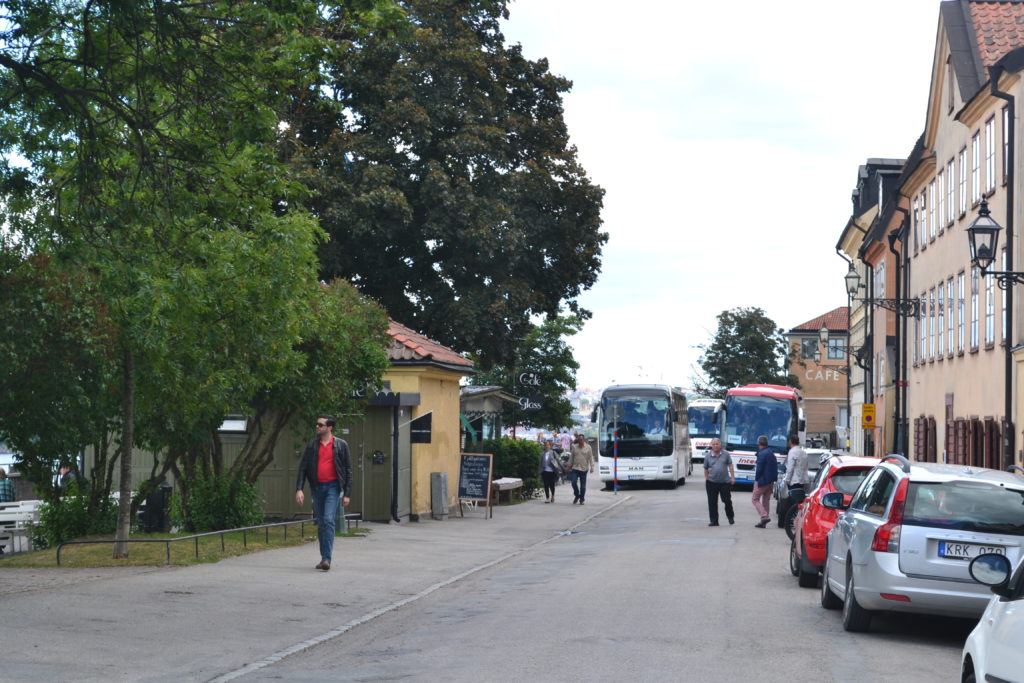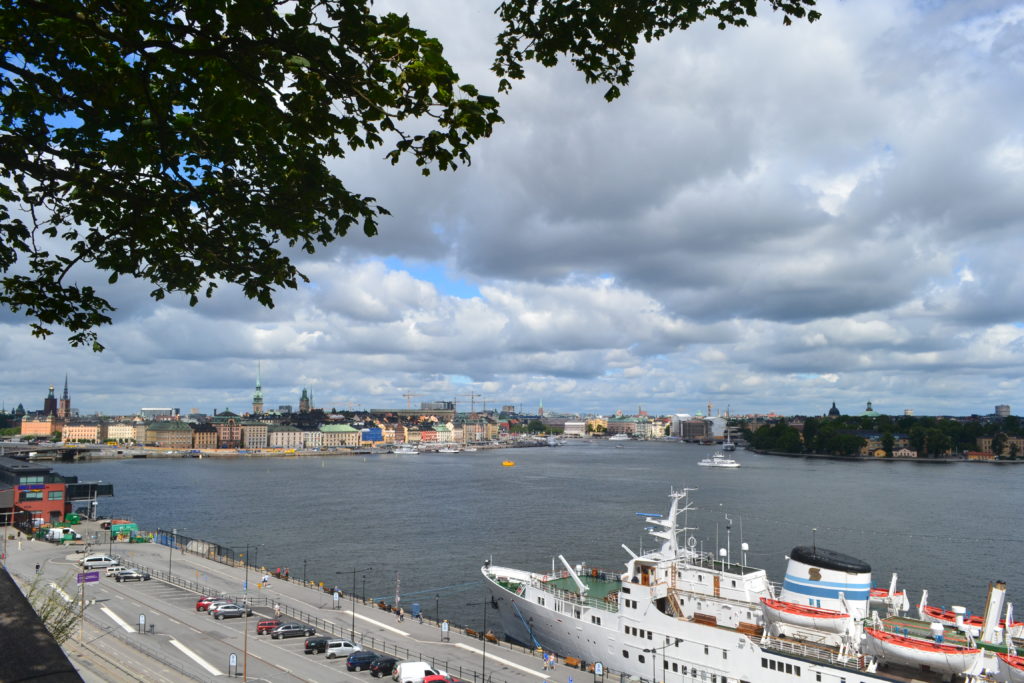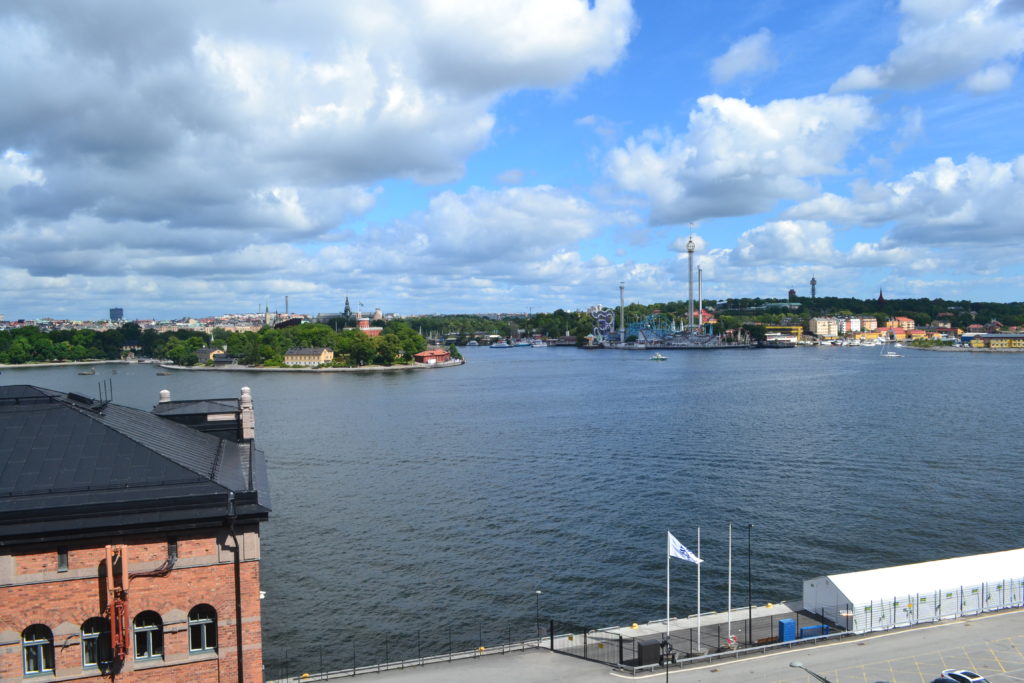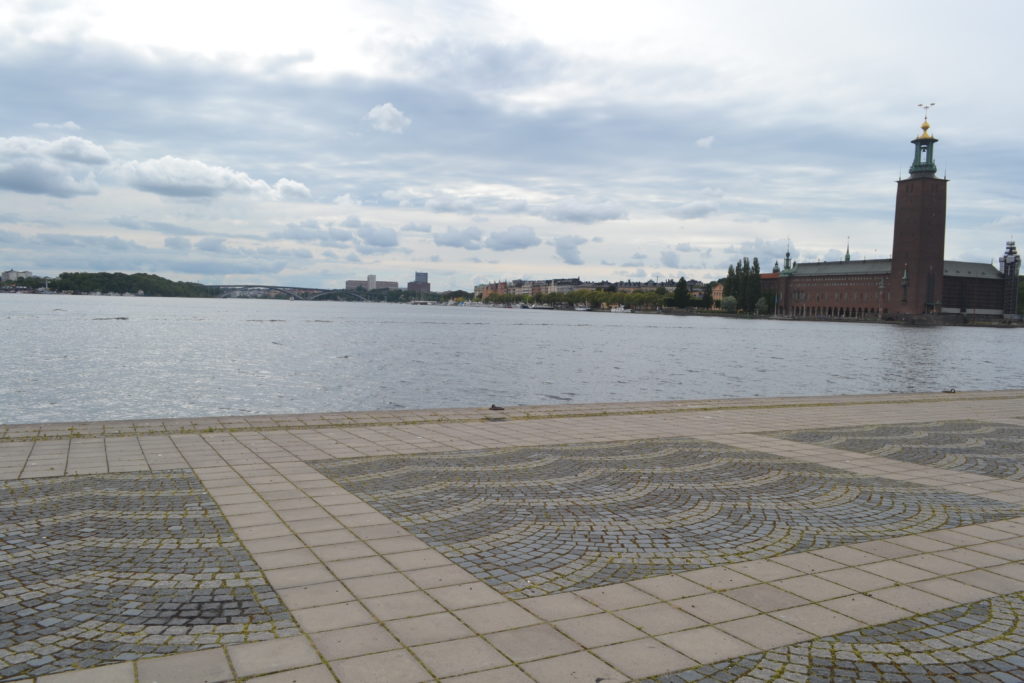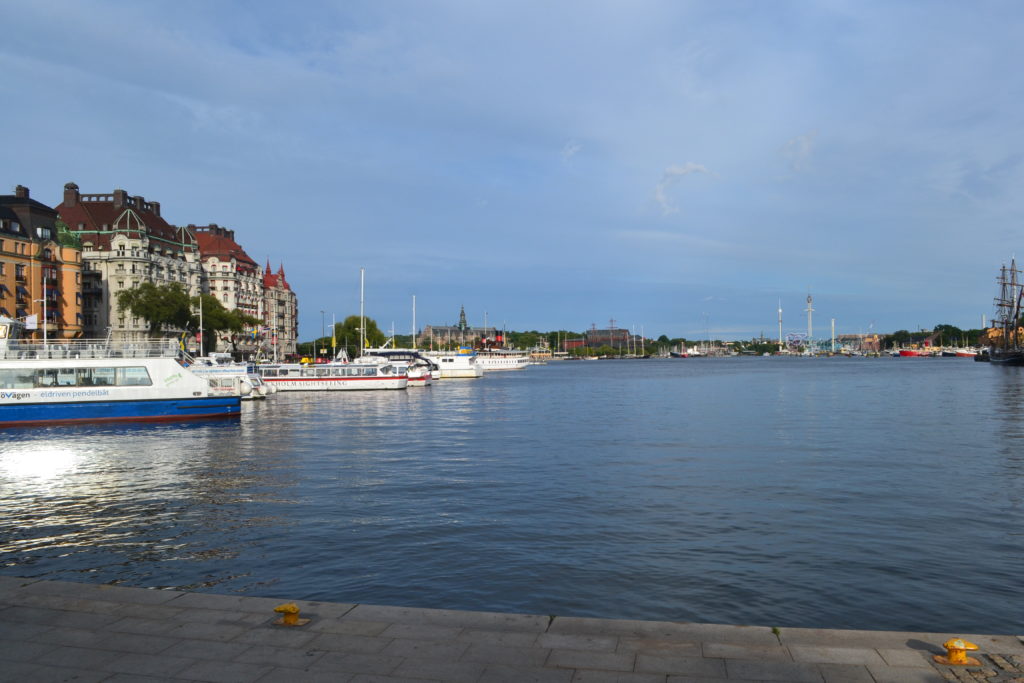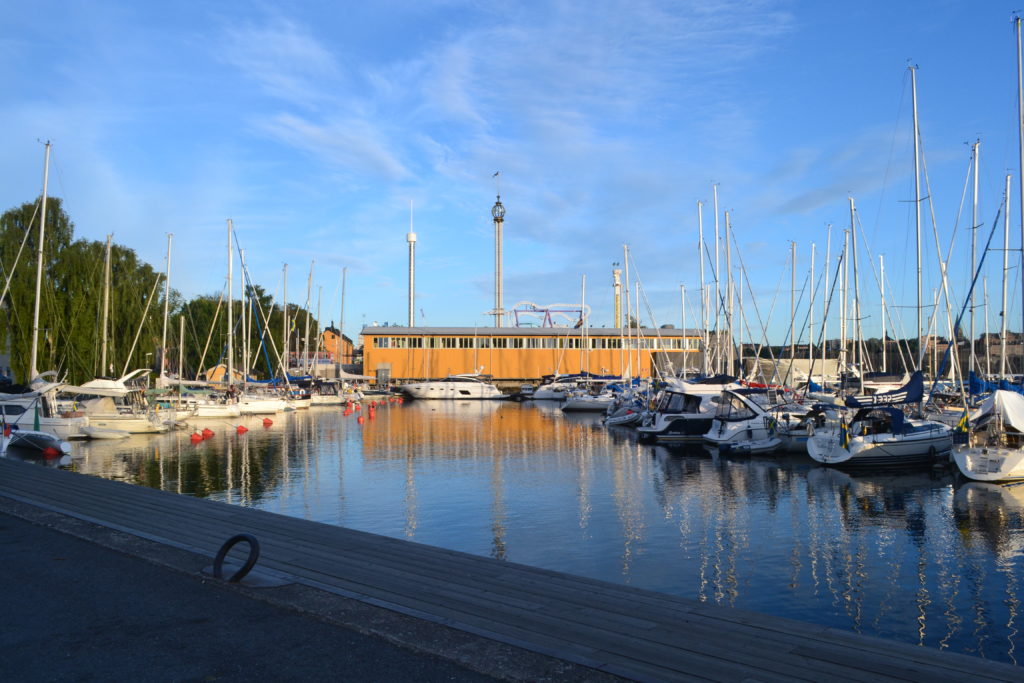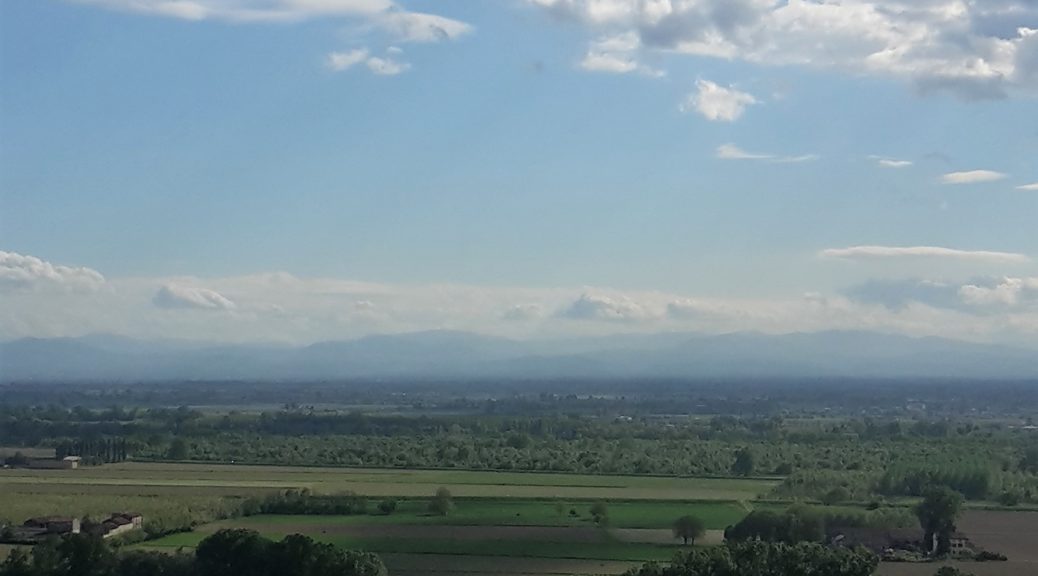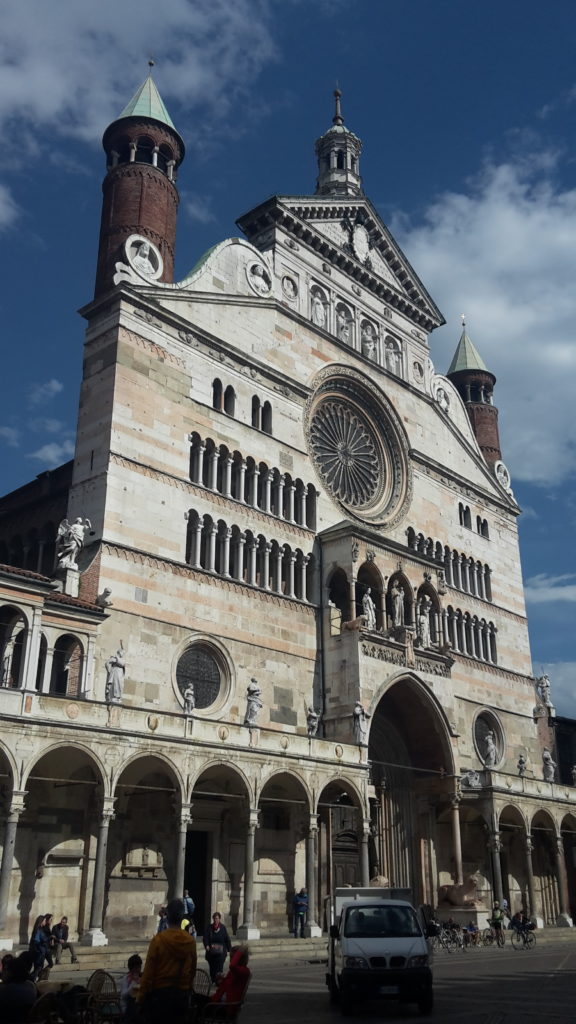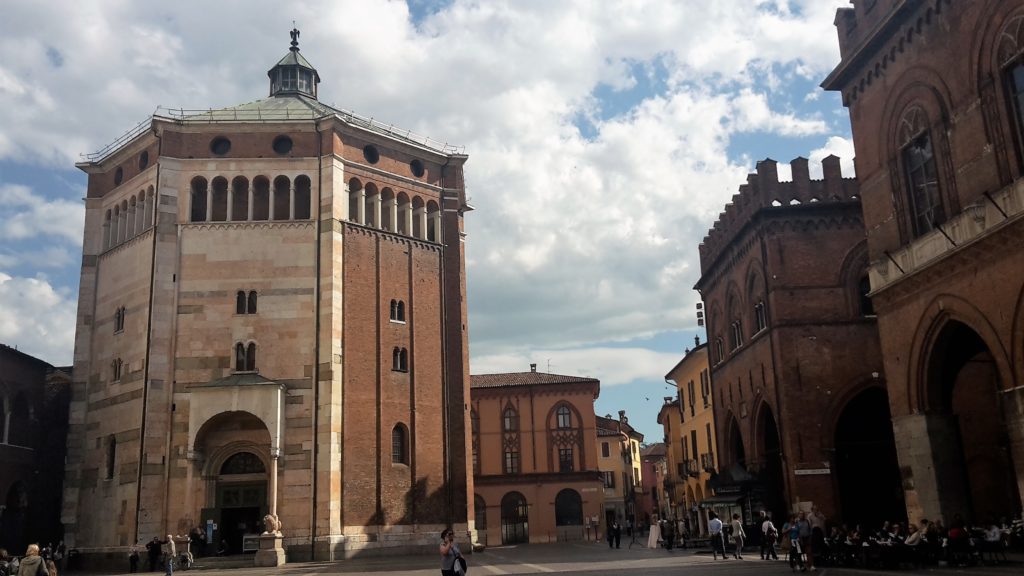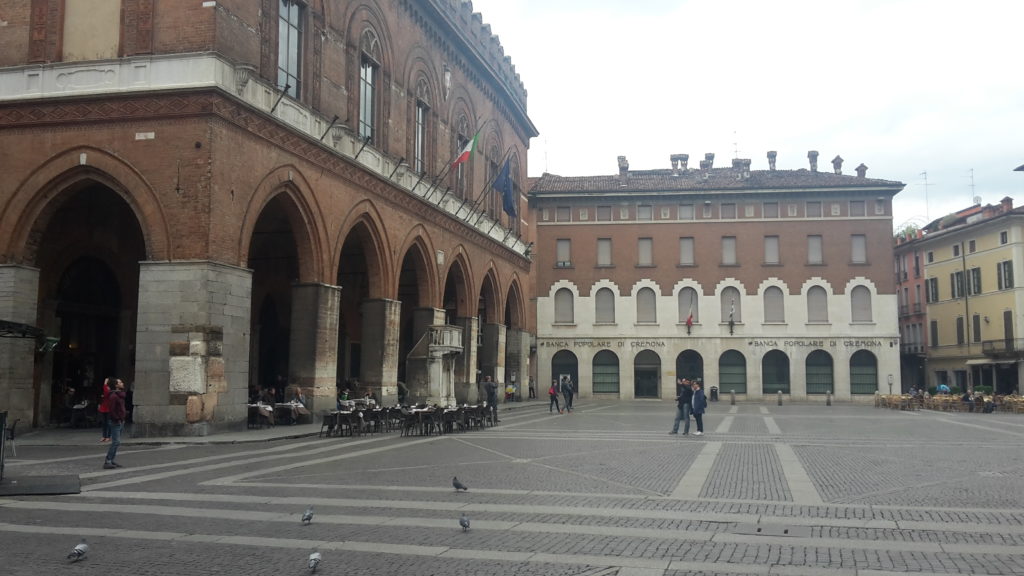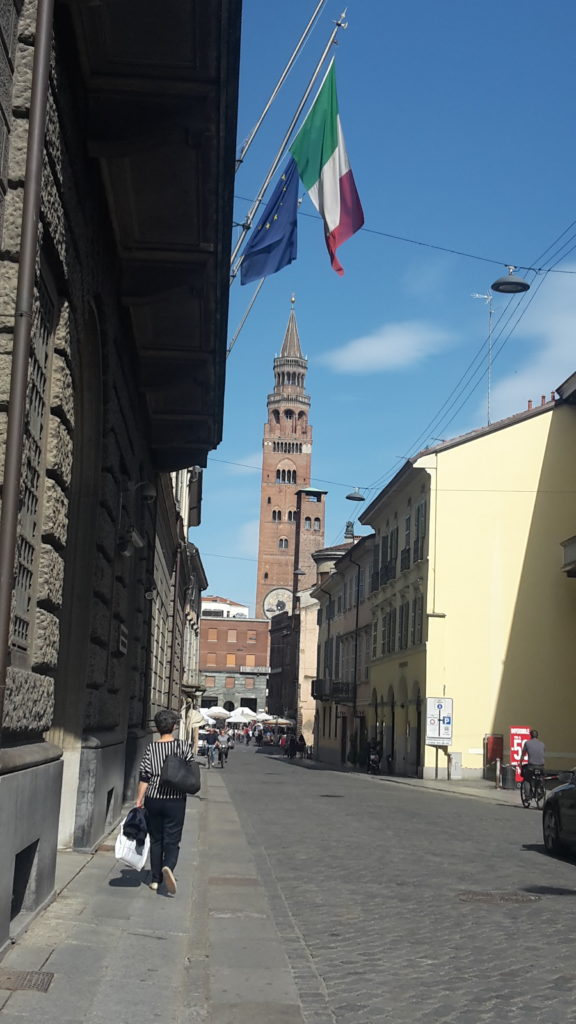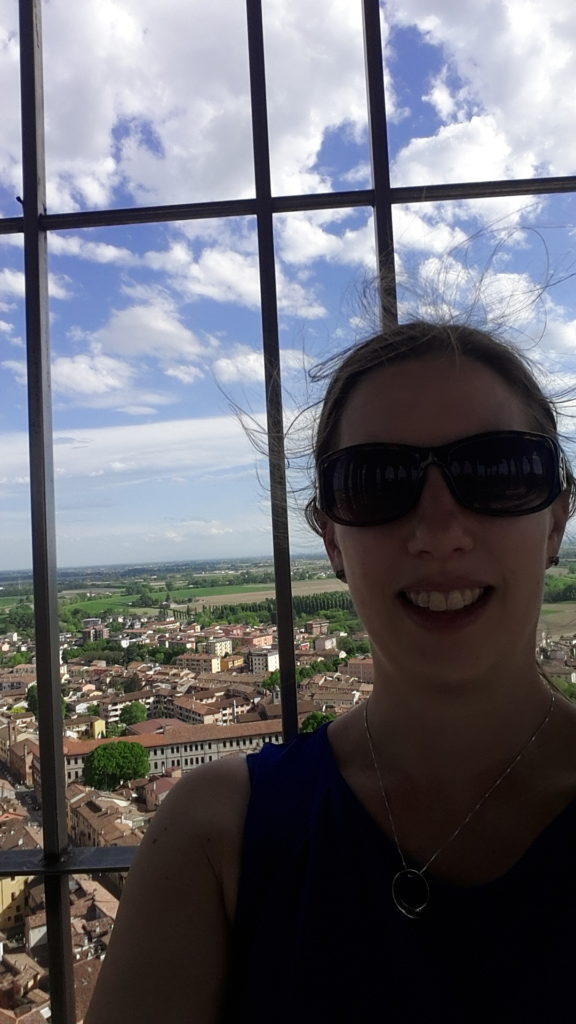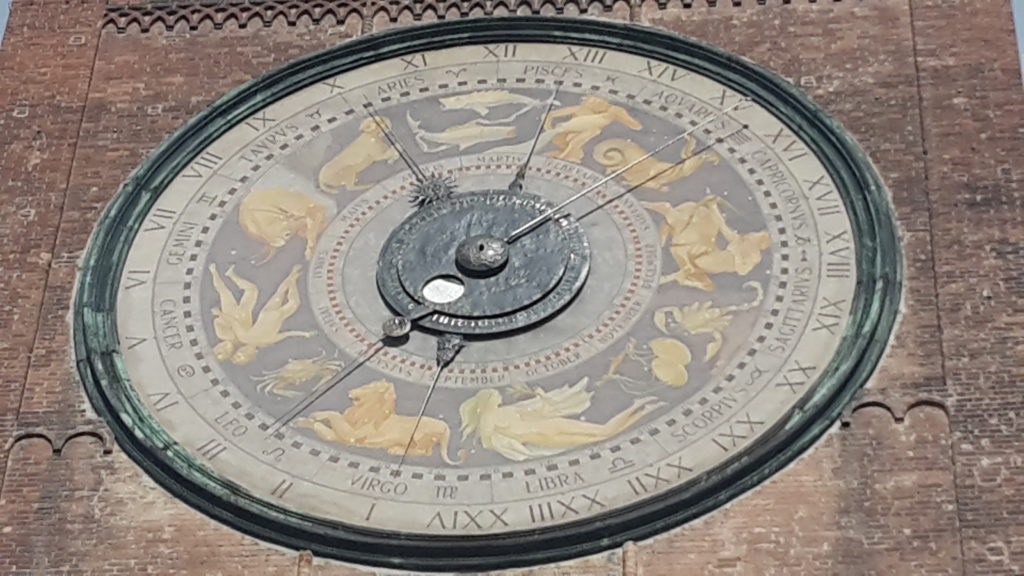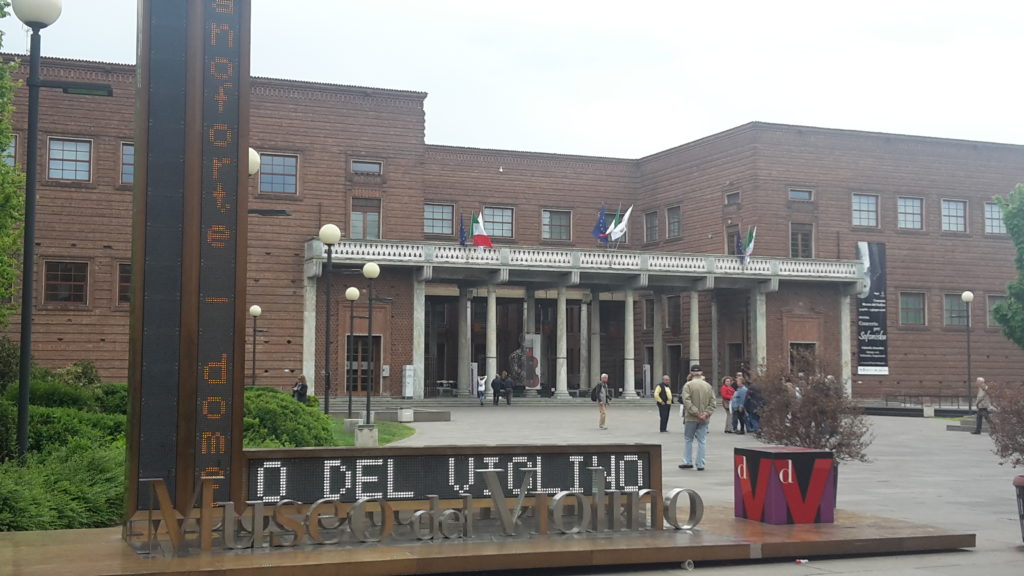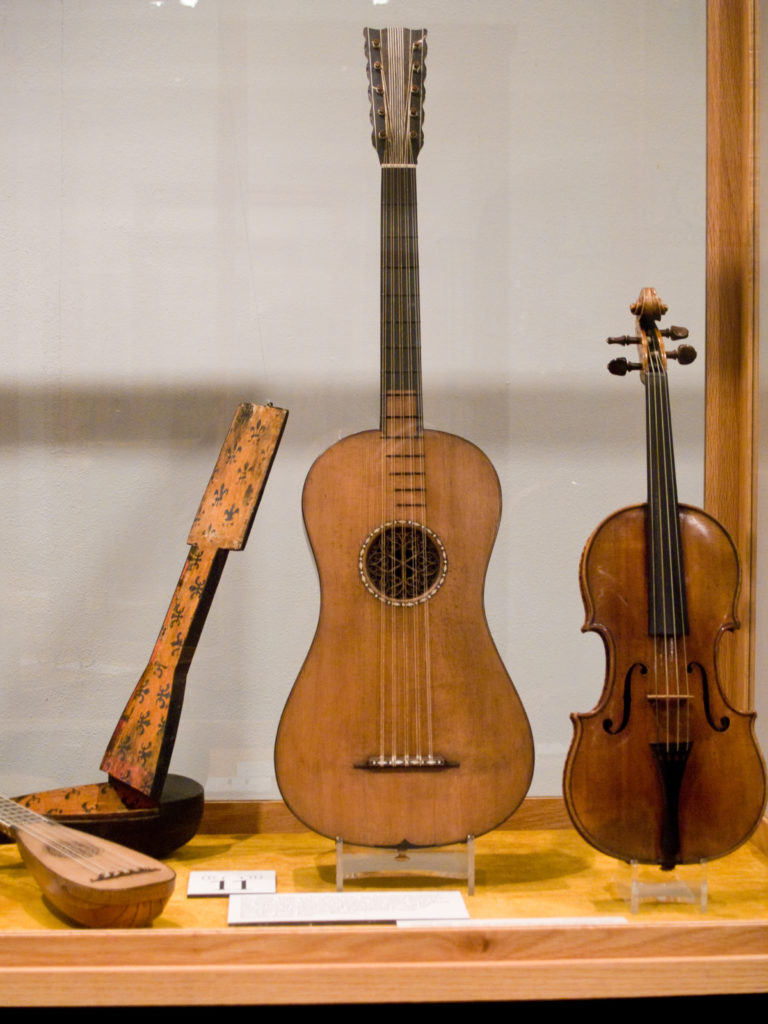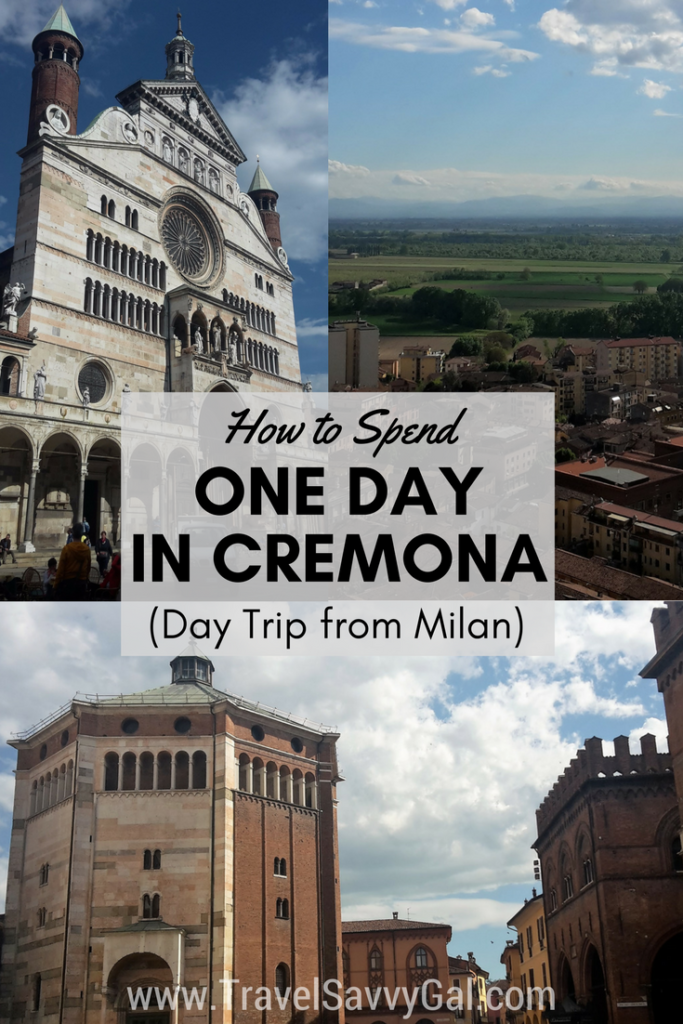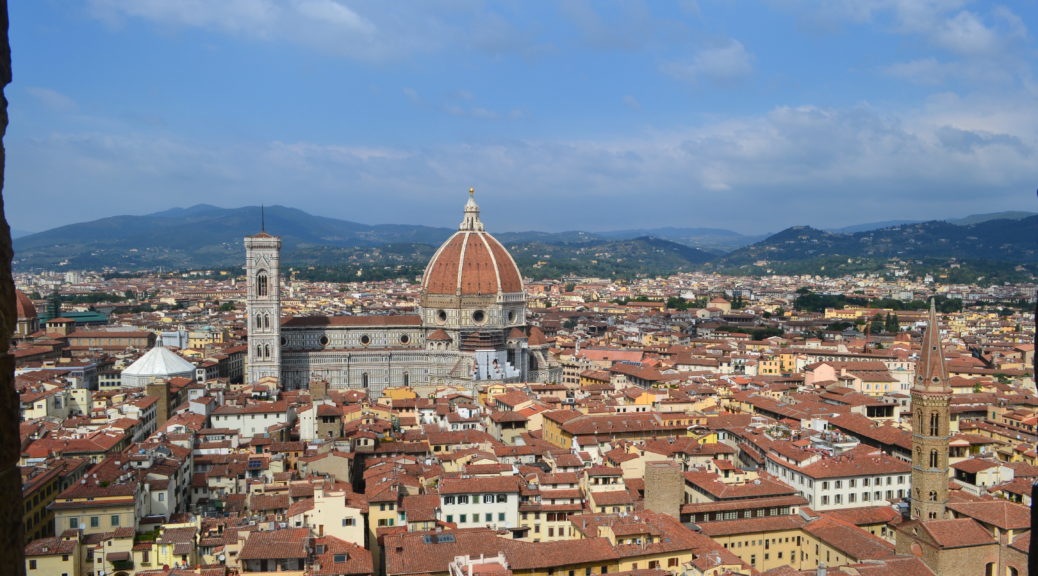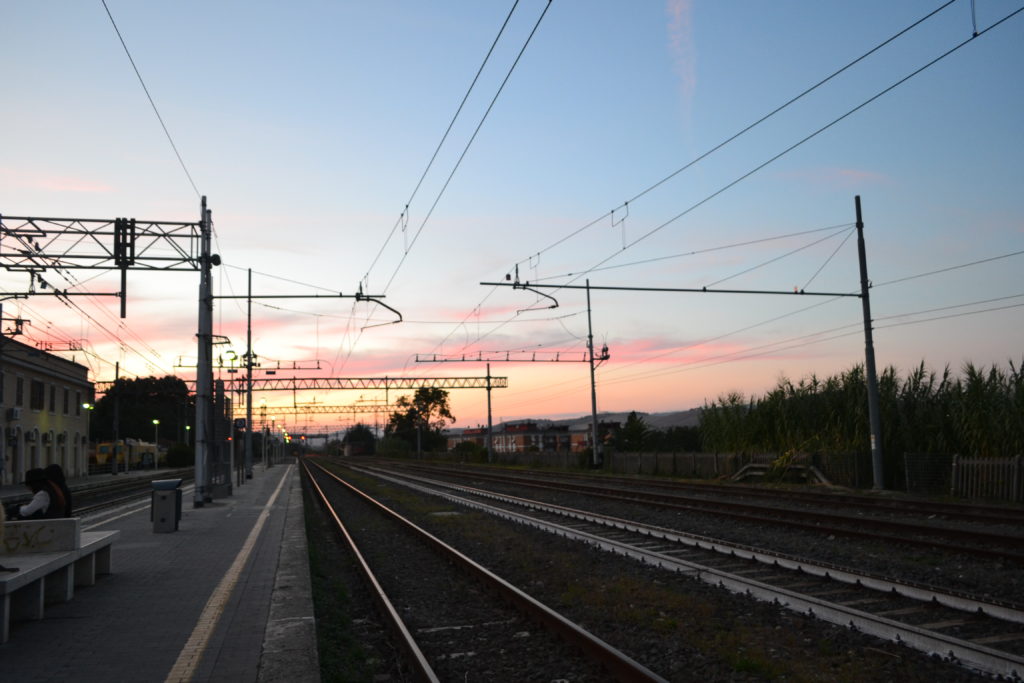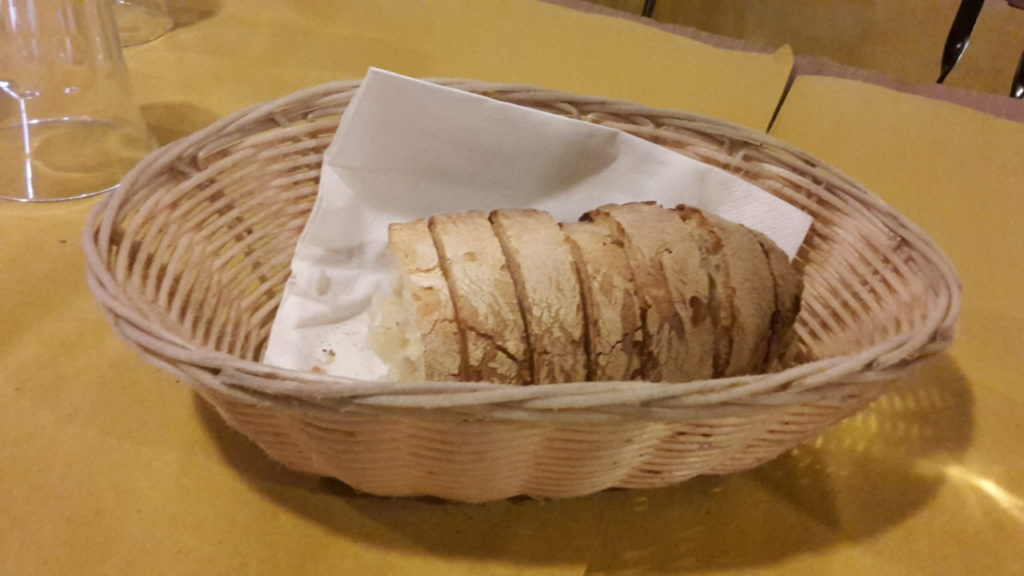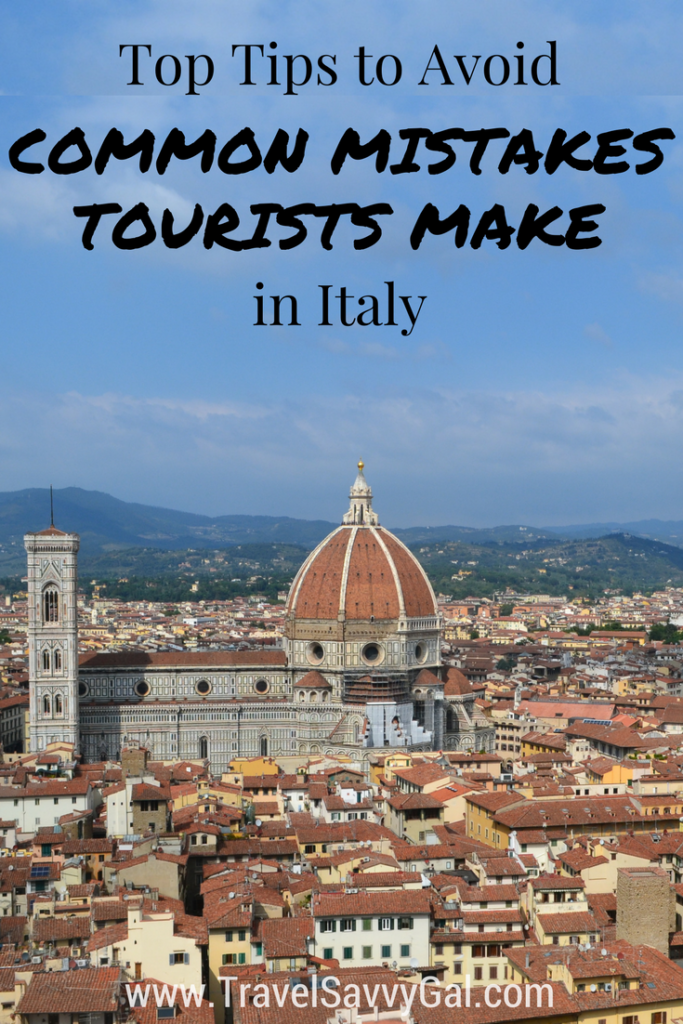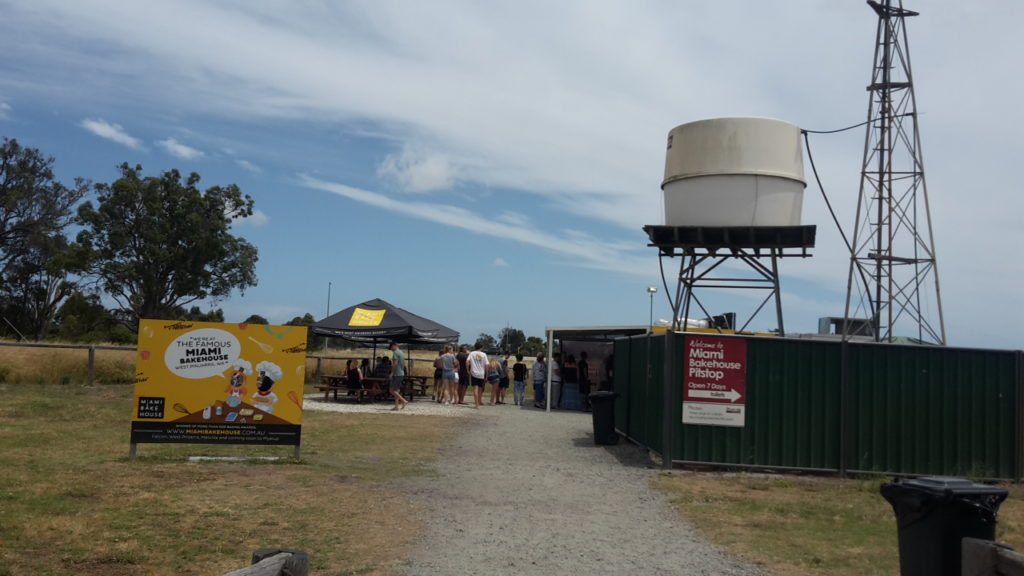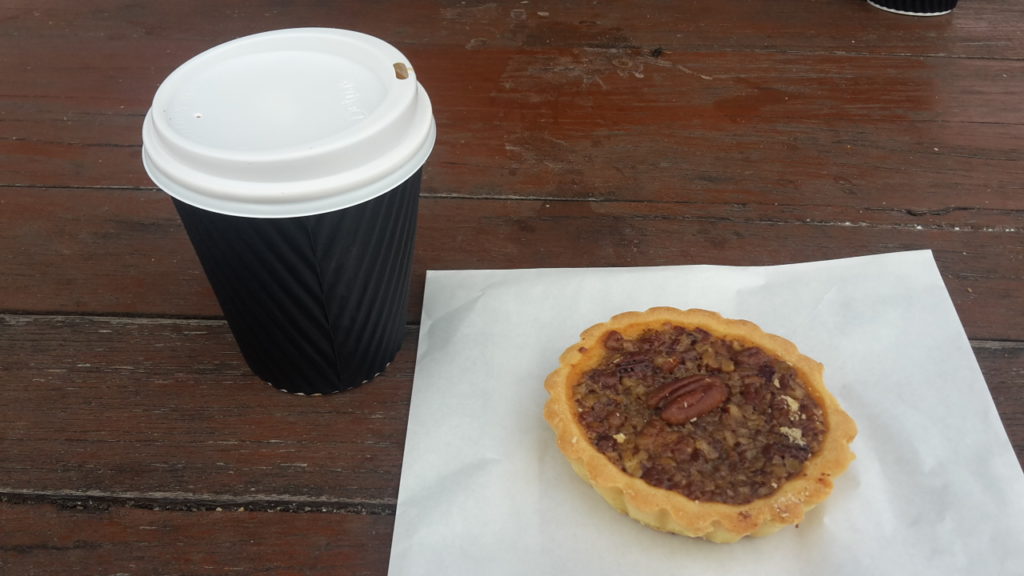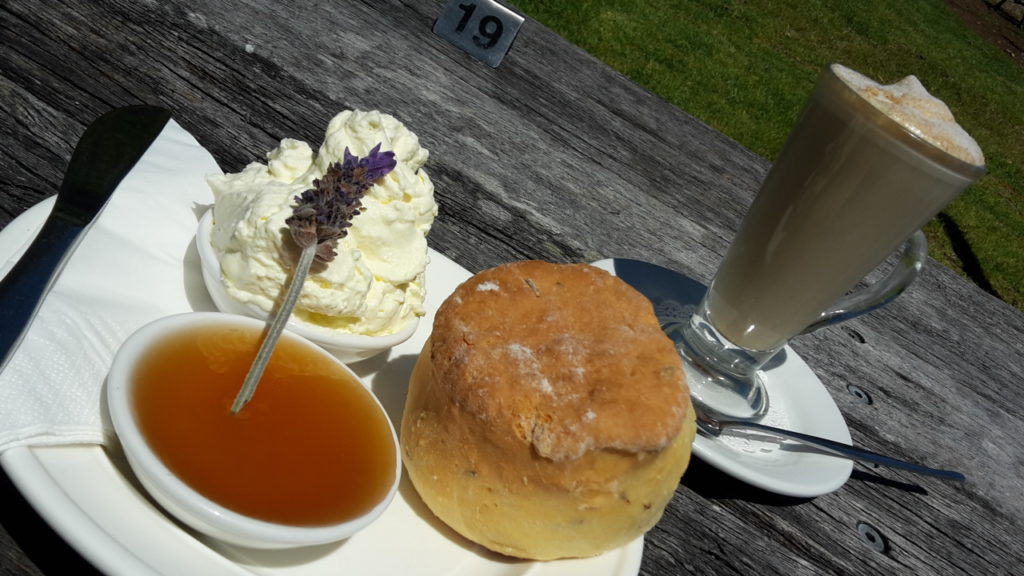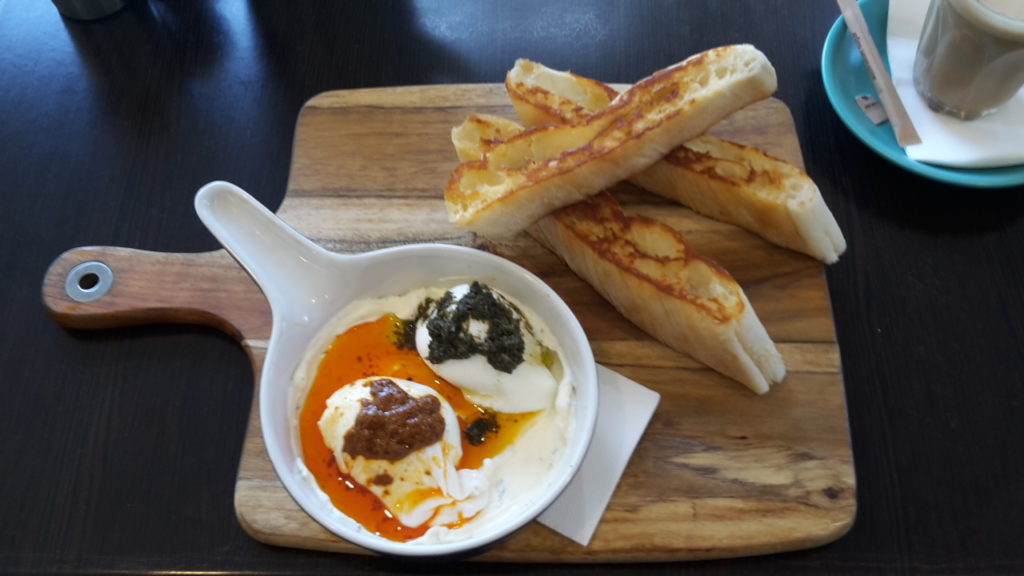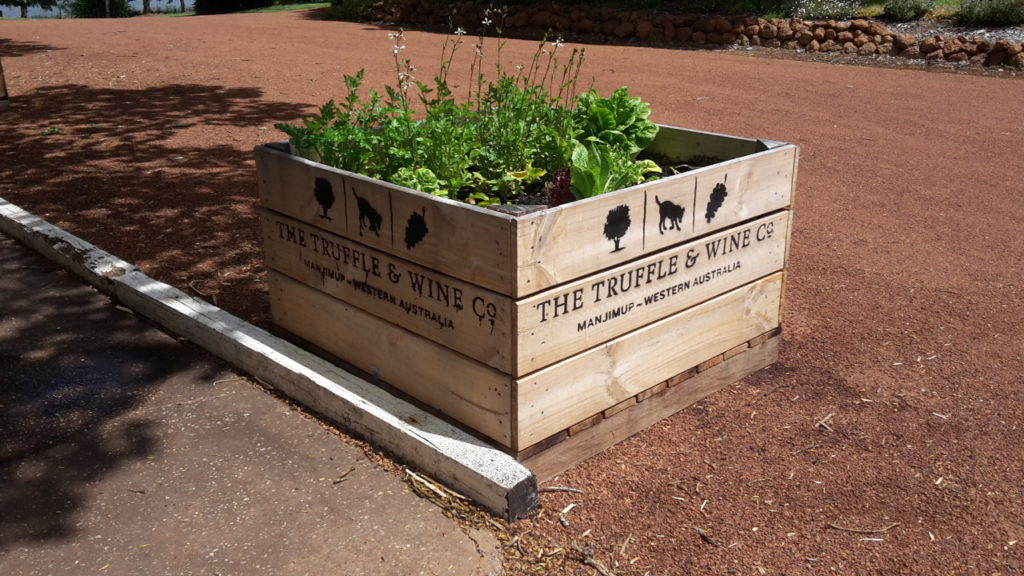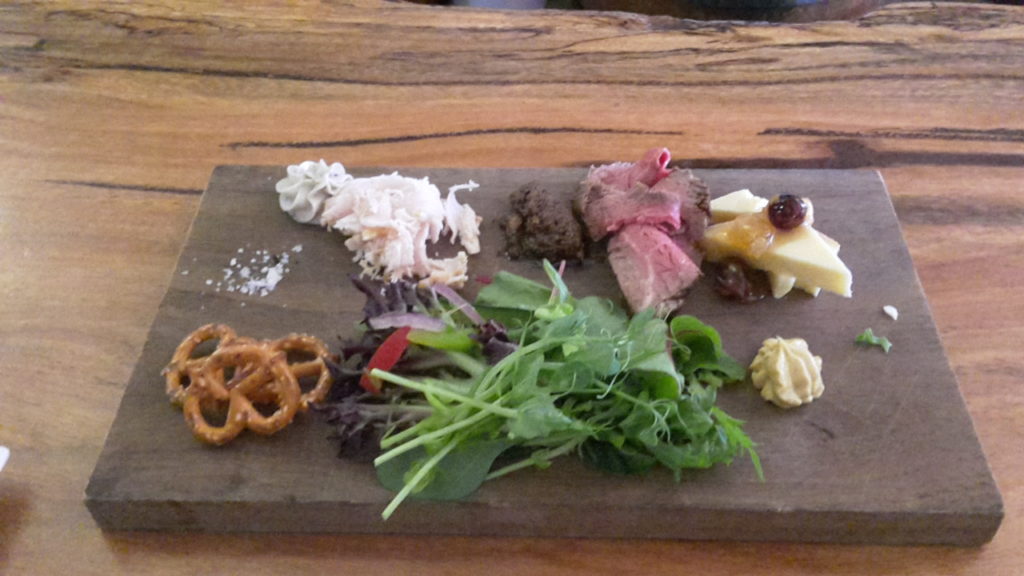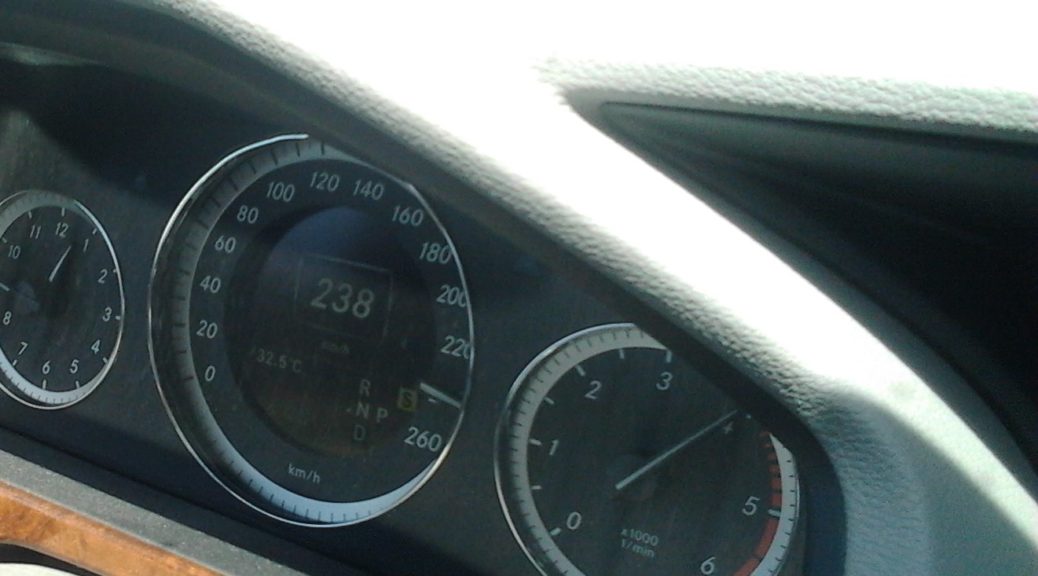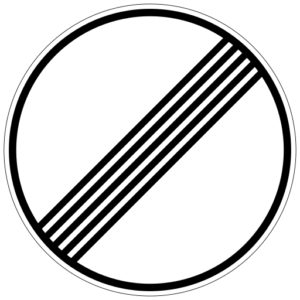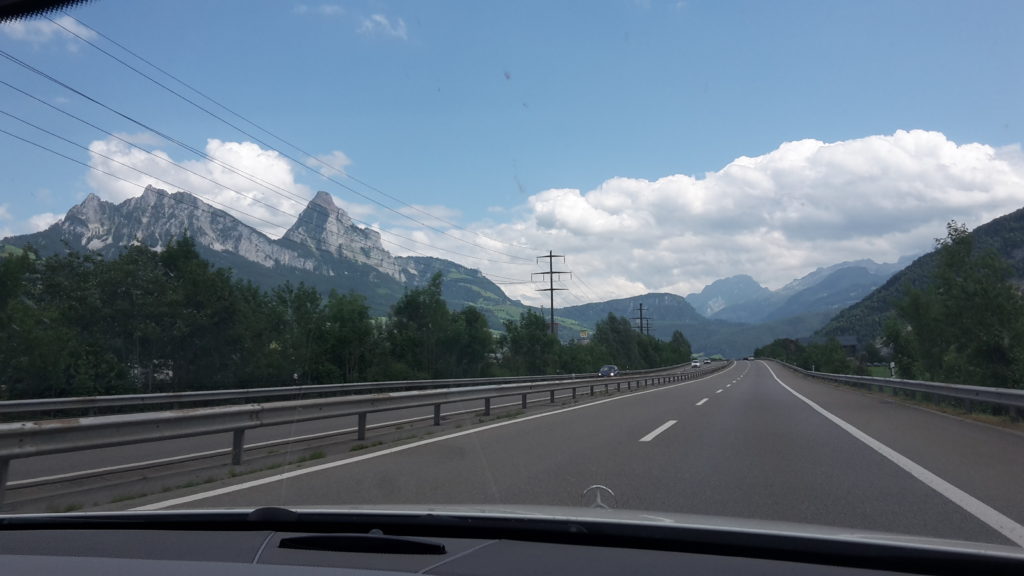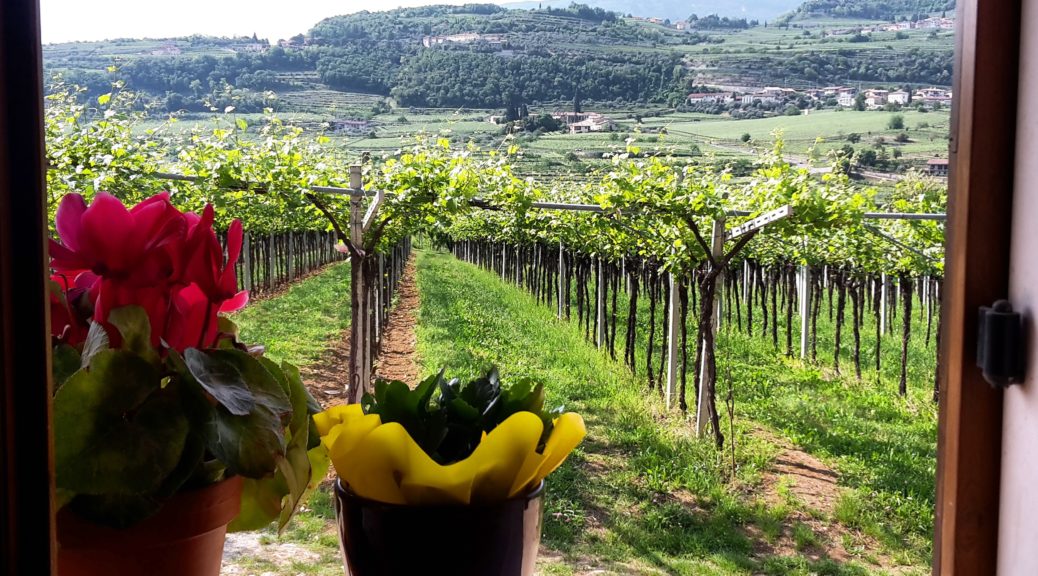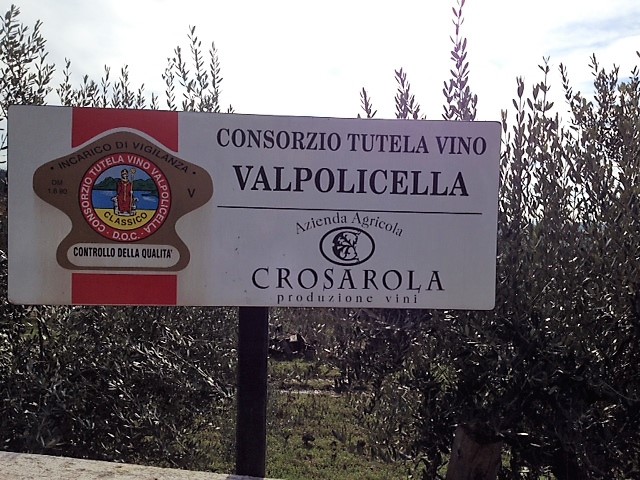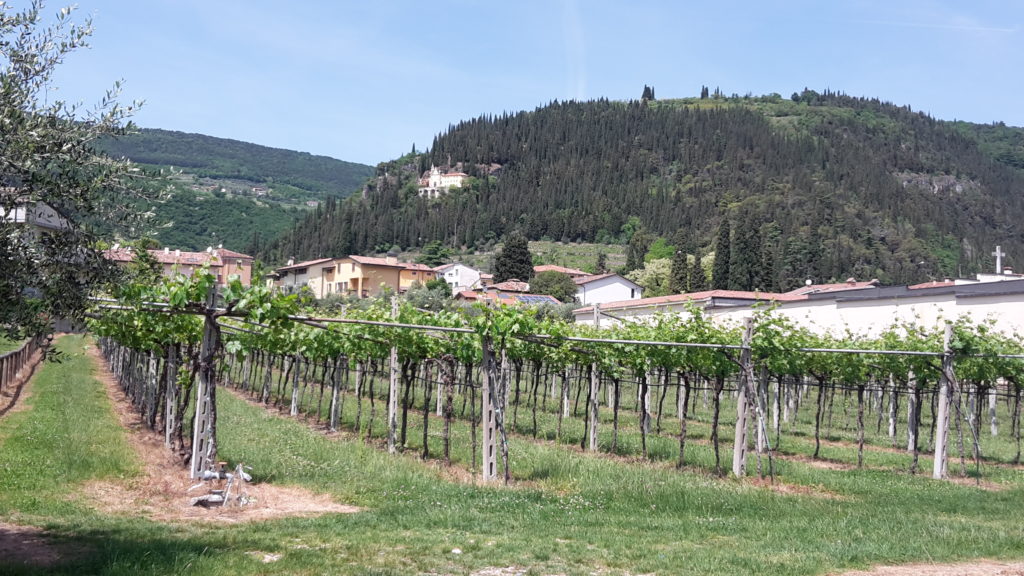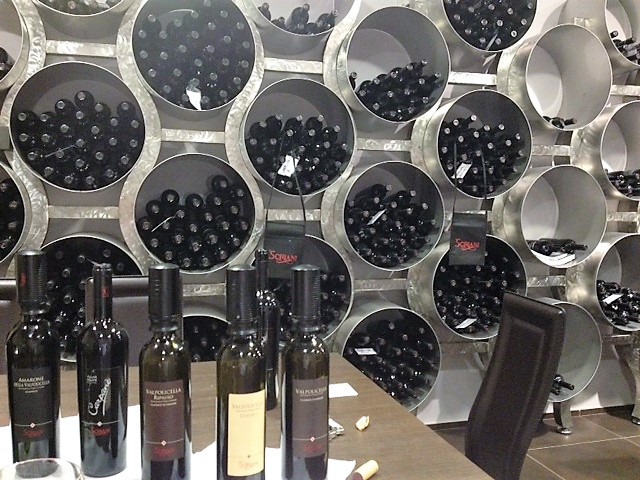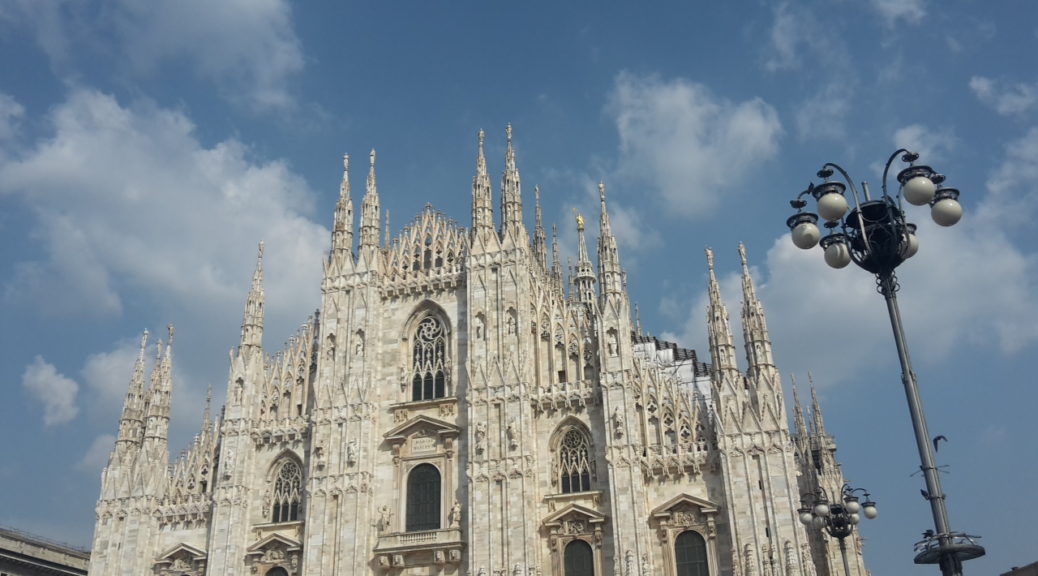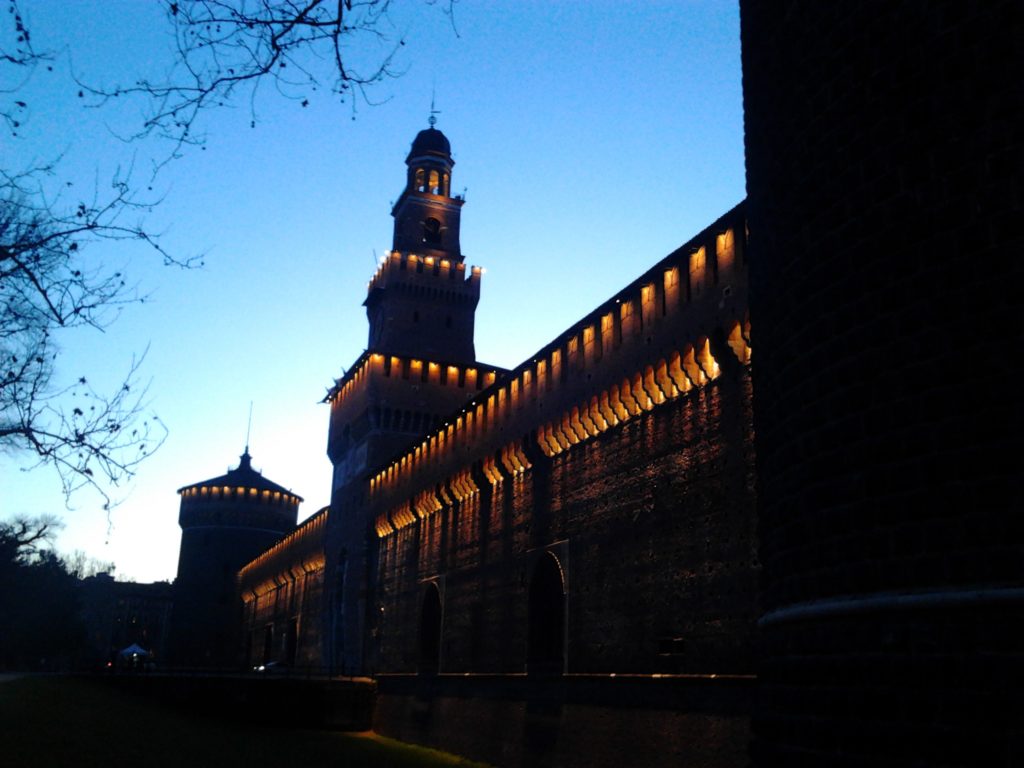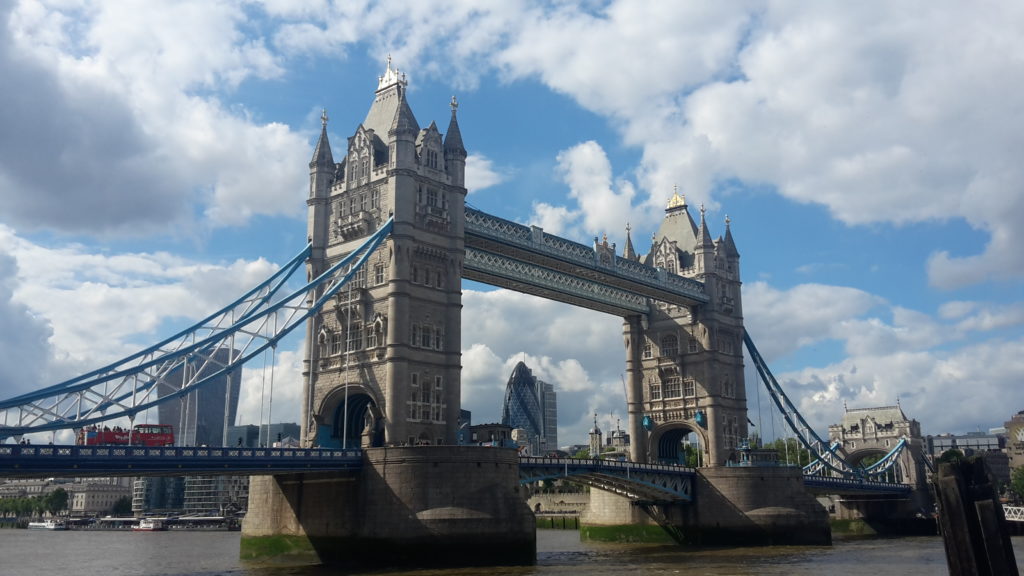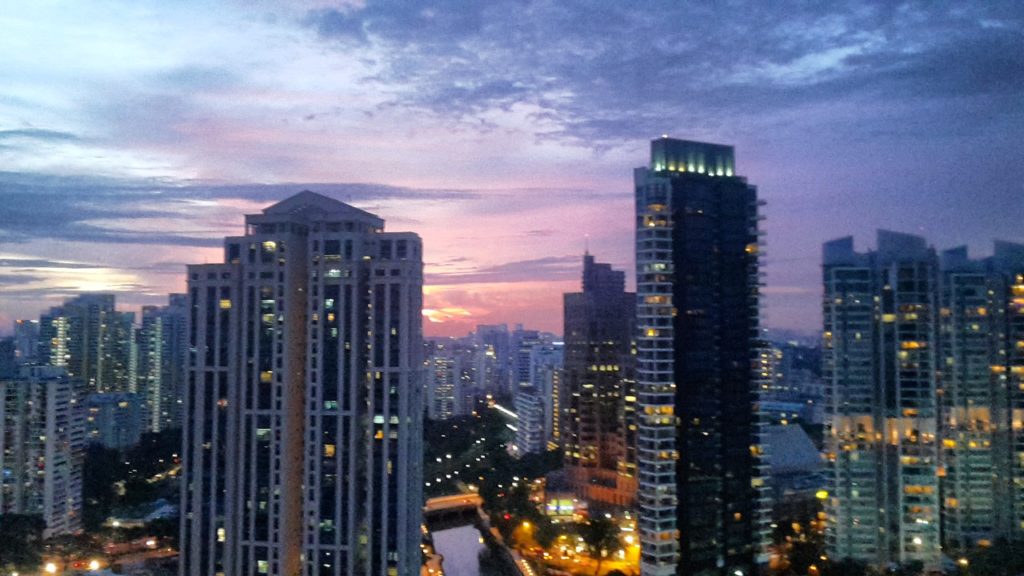When the media frenzy started about the passenger dragged off a recent overbooked United Airlines flight, I watched the video in horror, like many of you. And then – probably unlike many of you – instead of heading straight for my social media soapbox, I had a bit of the opposite reaction. I instead wanted instead to run away from the incident and bury my head in the sand.
But Lana, you say, you’re a travel blogger, surely your initial instinct should have been to weigh in.
Well, I think that to some extent, wanting to weigh in right away is exactly the problem with reactionary responses to viral videos and news. Of course, the available, partial information is presented in a certain light. Most people will then follow the lead of the media and have the expected reaction without taking the time for research and critical thought.
Like with all controversial situations, there is more than one side to the story. And not all facts come to light right away. What circulates initially on social media is one of those perspectives, but certainly not the only one.
But I digress. This all started way before the latest “injustice” making the rounds on social media.
Collectively, let’s all take a step back for a minute. Yes, you over there jumping up and down about how United Airlines is evil, this means you. Here I take what I’ll characterize as the logical, fact-based approach. Trying to get a full picture of what happened, and where to go from here.
For me, the bottom lines are as follows:
- Were the actions taken by United on the right side of regulations currently in place? Unclear.
- Was this good PR for United? Certainly not.
- Was this good for United’s bottom line? No to this one as well.
Now, let’s break down each of these points.
#1 | What was the correct way to handle this situation based on regulations?
To reiterate the basic facts of what happened, this incident took place on a United Airlines flight from Chicago to Louisville. After the passengers boarded, 4 United staff members who needed to get to Louisville arrived at the gate. Airline staff tried to get 4 volunteers for passengers to give up their seats, first by offering $400 in vouchers, then $800.
When no one took these offers, 4 passengers were chosen to deplane based on the airline’s algorithm. One passenger who was a doctor, David Dao, refused to give up his seat. He said he needed to see patients and couldn’t be delayed. Airline staff then called local airport security to remove this passenger. He resisted, and was dragged screaming up the aisle.
During this time Dr. Dao was injured and appears to have become unconscious. His injuries include a concussion, a broken nose, and two teeth that were knocked out. He was bloodied as he was dragged, and also when he arrived back on the plane a bit later disoriented. All taped by passengers, which you can see in this You Tube video.
I know, it’s horrifying. Horrifying to watch and equally horrifying to consider that the situation could have happened to any one of us. But just because it is graphic and scary, doesn’t mean that there is a clear right and wrong in terms of what should have occurred.
Honestly, the correct way for the airline to handle this particular situation is actually unclear, despite the many people claiming otherwise. On both sides of the argument.
United keeps pointing to its Contract of Carriage. Which is convenient, but despite being quite lengthy, actually does not specifically cover this situation. The Rule about “Denied Boarding Compensation” does just that – describes how to handle compensation for passengers who are not allowed to board the plane.
But what about passengers already on board? If they’re unruly or haven’t paid for their ticket or are intoxicated, or a bunch of other very specific scenarios, then Rule 21 about “Refusal of Transport” applies. You can be removed from the aircraft. By force, if necessary.
But if you don’t meet these conditions? Was it outside of the Contract of Carriage for flight attendants to contact security to forcibly remove Dr. Dao? This is where things get fuzzy.
It is unclear (or at least open to interpretation) as to whether Dr. Dao violated the Contract of Carriage. If he did, and failed to comply with crew member instructions, removal would be justified. If he didn’t, then he was within his passenger rights to keep his seat once he boarded and the airline had no grounds to remove him.
For a detailed legal analysis of the situation, a law professor from Cornell talks about the nuances of the situation. And you can read The Points Guy doing a bit of backtracking and arguing that the blame belongs on United.
However, many people have been quick to point out that traveling on an airplane is a bit of a different situation than many of the analogies being offered as to why United Airlines is in the wrong.
This is usually part of the safety briefing about “complying with all crew member instructions.” It sounds very serious. And it is, because you can be kicked off of a plane if you don’t.
At the end of the day, the safety of the crew and other passengers is dependent on everyone flying being able to follow crew member instructions.
As Mike Rowe noted in his passionate argument for all airline passengers complying with directives from flight attendants,“I don’t want to fly across the country in a steel tube filled with people who get to decide which rules they will follow and which they will ignore.” Fair enough.
Angelia of The Pilot Wife Life blog has a similar take, arguing for air safety for all. Especially as the wife of a pilot, and especially after past hijacking incidents (including September 11th). As she noted:
“If a federal law enforcement officer asks me to exit a plane, no matter how royally pissed off I am, I’m going to do it and then seek other means of legal reimbursement. True story.”
And Angelia also pointed out the nuances of the must fly situation, in which a few members of airline staff must get to their destination to staff a flight. Because it is displacing a few people to keep hundreds more on track with their travel plans and also because it is federal regulation to do so.
Confused yet? You should be. The issue has a lot of complexities, and there is not a clear right and wrong in terms of the specific incident with Dr. Dao. I imagine that ultimately the courts will decide this one.
#2 | Was it good PR to select 4 passengers to deplane when no one volunteered? Absolutely not.
I think we can all agree here, with the subsequent backlash and bad publicity, United Airlines now has a huge public relations, or PR, challenge on its hands. Whether their actions were in the right or not is pretty irrelevant when it comes to customer perception.
Frankly, right now, whether it’s accurate or not, United is coming across as the evil company who cares more about its bottom line than its passengers.
First, from the airline staff booting confirmed and paying customers who had already boarded the plane, instead of paying for another way for those staff members to arrive in Louisville. And second, for capping the compensation offered for volunteers at $800, and not increasing it until they had identified 4 willing volunteers to deplane.
One of the interesting points here is that the compensation caps for the airlines were designed for enticing customers to voluntarily give up their seats before boarding. Game theory tells us that the perceived value of something is in fact higher after someone has taken ownership.
Irrational? Perhaps. But that is how the world works as is so expertly explained in this NPR overview on how game theory relates to airline booking.
As the article points out, the value people place on an item changes based on whether they have it yet. It may sound irrational, but that is how the human mind works apparently.
In the example in the article, a person might offer a price of $5 in the hypothetical of being asked to judge how much a coffee mug is worth. Once they’ve received the mug and you’re asking them to part with it? The “person is likely to want considerably more money, say $10. And, it’s the same thing with airplane seats.”
The monetary cap that is usually enough to get volunteers to give up their seats before boarding is unlikely to be enough once passengers are seated. And United should have taken this into account.
#3 | Was it good for United’s business and bottom line to remove these passengers? Don’t think so.
There was a market loss for United Airlines stock after the incident with Dr. Dao, and subsequent response by the United CEO. A #boycottunited effort is underway.
But I think the real unknown here in terms of how this will impact United’s bottom line is down the road. How this will impact future bookings and the company’s bottom line in the long-term?
How This Situation Could Have (Possibly) Been Avoided
Are there slight changes that would have possibly changed the outcome, and avoided the situation of Dr. Dao being forcibly removed from the flight? Probably.
A few thoughts on what might have led to a different outcome:
- Airline staff showing up sooner (aka before boarding) to check in for a destination they needed to reach for work. Then United could have offered incentives or bumped passengers following the exact guidelines of their Contract of Carriage.
- Other passengers volunteering to deplane, although if you read through the section of #2 above about game theory, this was less likely once passengers were already settled in their seats. Without substantially more enticement.
- United staff requesting (and getting) approval from higher up the chain of command to offer a higher value of vouchers, or cash, for passengers willing to deplane.
- Even though I think it’s questionable whether Dr. Dao was in violation of United’s Contract of Carriage and whether United had the right to remove a paying customer once he had boarded (see #1 above), when the request was made, had the passenger followed directions to deplane, despite feeling wronged in that moment. And then taken the issue up later with the airline.
But since we can’t travel back in time and change the outcome, instead of focusing on all of the “what ifs,” let’s look forward.
The Good News in All of This?
While it will probably take years for the courts and legal challenges around this specific incident to be sorted out, the good news is that airlines are enacting measures to prevent similar occurrences in the future. American carriers are stepping up to alter or clarify existing policies, and adopt new ones to avoid another similar incident.
One of the contributing factors to the incident was that staff members who needed to fly to Louisville checked in at the counter after passengers had boarded. Which they were allowed to do per United Airlines policy at the time, up until the moment a plane left the gate.
In terms of United, the biggest change is that staff now has to check in at least 60 minutes before flight departure and no crew member can bump a passenger who has already boarded. Both key distinctions for how they will handle similar situations moving forward.
American Airlines has since updated the ‘Oversales’ section of its Contract of Carriage to state that “American will not involuntarily remove a revenue passenger who has already boarded in order to give a seat to another passenger.” Which wouldn’t actually cover a similar situation of airline staff who needed to fly, but is at least a start in clarifying what actions airline staff can take for passengers who’ve already boarded.
While United has not released whether it has placed a new monetary cap on compensation, Delta has announced higher caps on compensation amounts. Delta gate agents are now authorized to offer up to $2,000, and supervisors can offer much more if needed, up to $9,950.
Certainly it is up to the airline to decide when and how often it is worth paying very high monetary amounts to avoid incidents with passengers and save face publicly.
In general, airlines at pretty successful at enticing customers to volunteer. Of the approximately 500,000 people who were asked to give up their seats in the US last year, nearly 92% did so voluntarily. Only 40,000 of those were involuntarily bumped. And all of those passengers received compensation of some sort.
I imagine that in the long-term, the consistent policy of overbooking will be under review. Overbooking is designed to ensure a full airplane in most situations, since there are almost always some people who have bought tickets who will be delayed or cancel their flight at the last moment. This works most of the time.
Of course, the policy of overbooking usually makes the airline more money, but at some point the money or vouchers given to passenger volunteers will outweigh those other financial gains. Especially with a larger cap on compensation.
And I imagine whatever legal action Dr. Dao chooses to take may result in updated regulations for airlines and clearer rights for passengers who’ve purchased tickets.
Only time will tell…
Alright, folks, thanks for reading. I’ll get off my soapbox for the moment.
Now back to your regularly scheduled TSG travel inspiration, intel, and tips…
And happy travels!
Lana
Have you ever volunteered to give up your seat or been bumped involuntarily? How do *you* think the airlines should be addressing what happened? Are the new policies enough? I would love to hear about your thoughts and experiences in the Comments.
